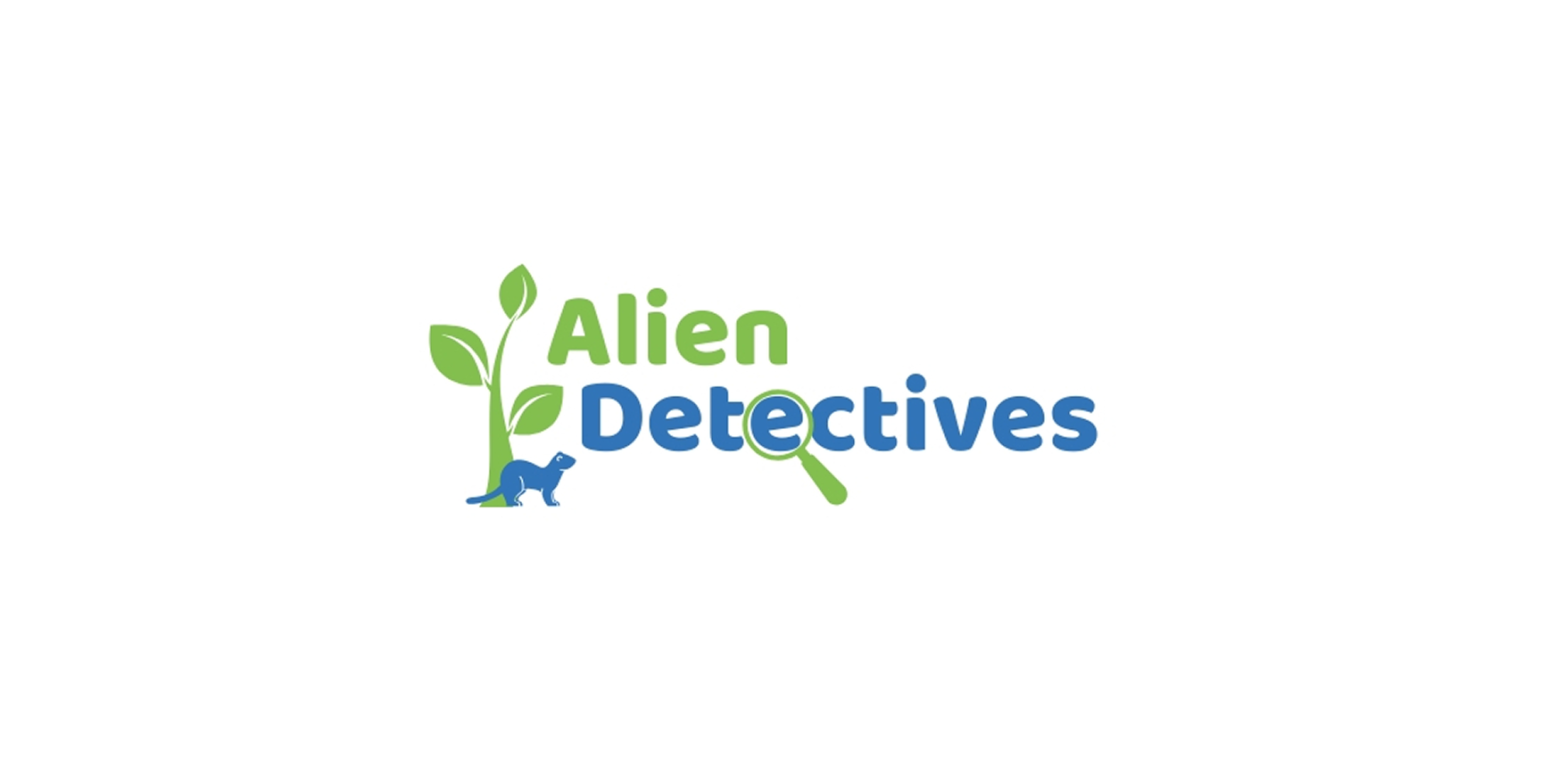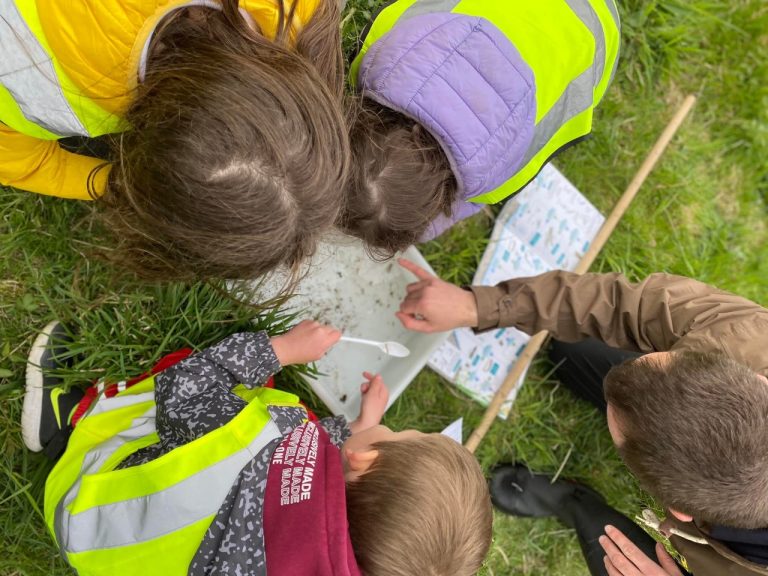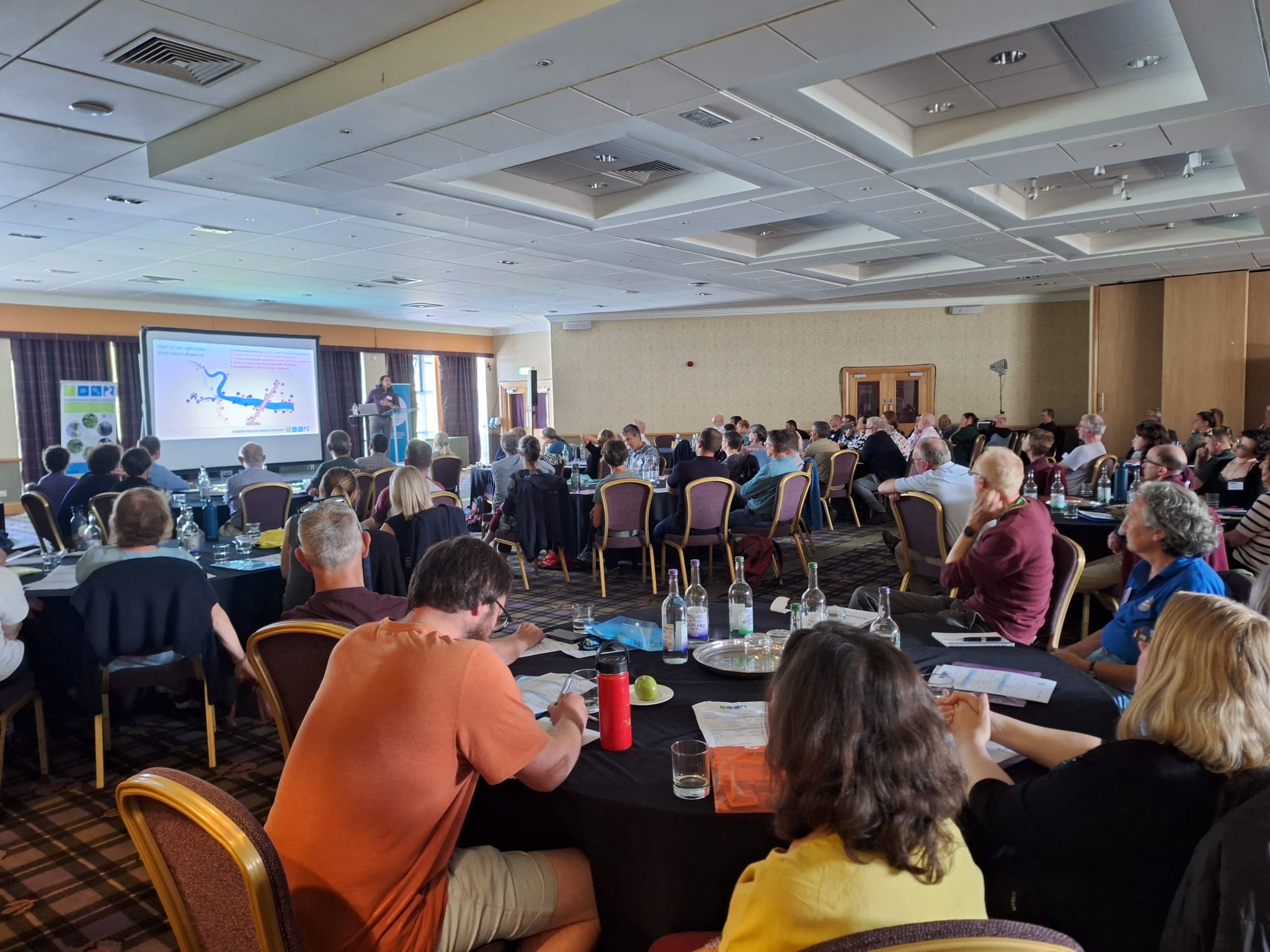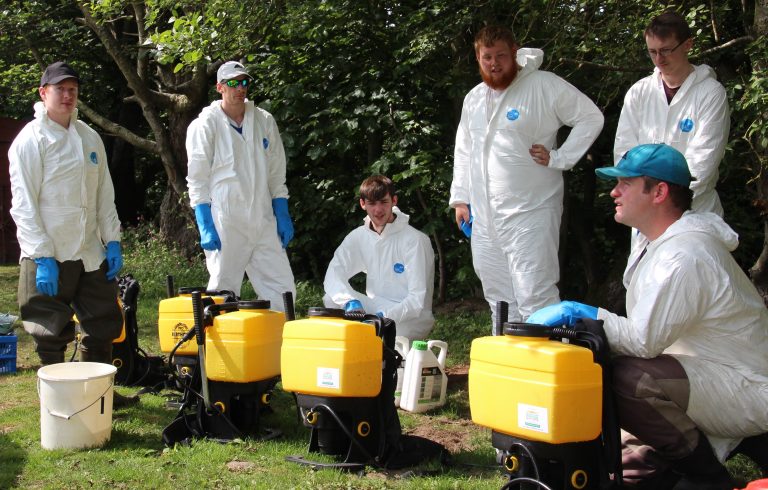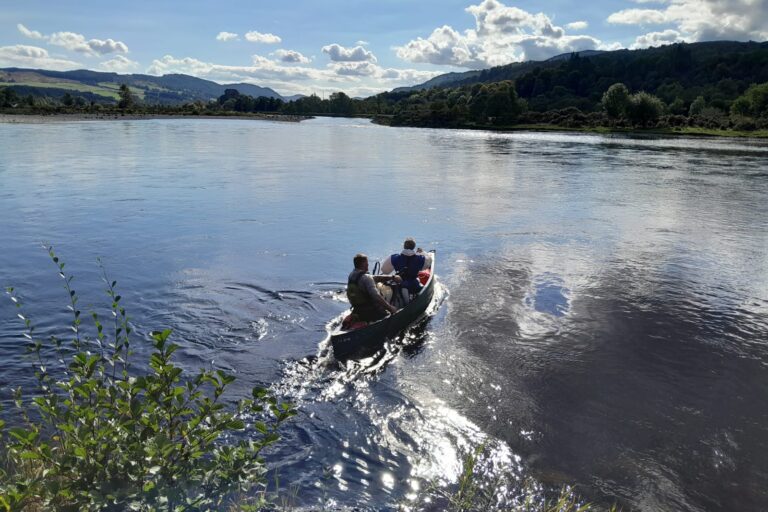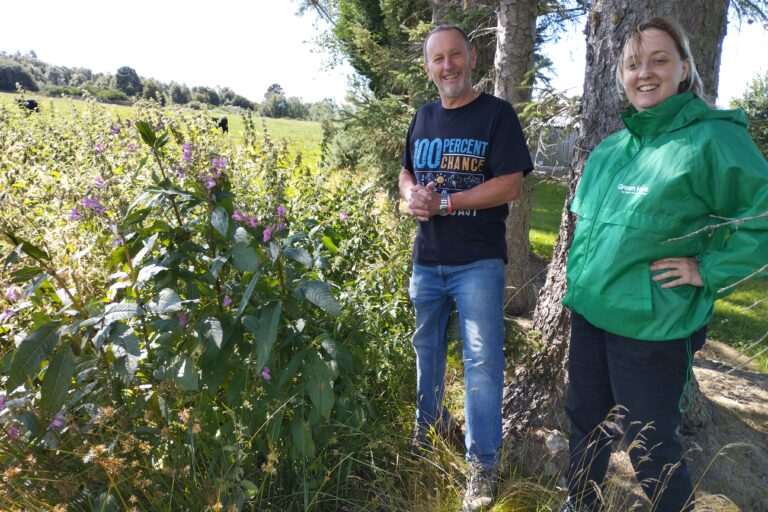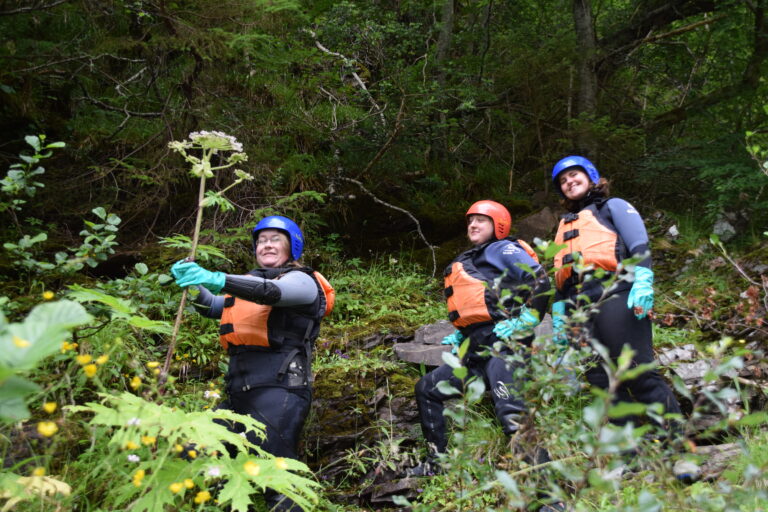Education groups
Although not a major part of our current work, our team are happy to support learning and projects in schools and with students if time allows. Get in touch if you’d like us to visit, give a talk, or organise a practical volunteering day to control invasive species in your local area. We are able to make arrangements for all ages from primary schools through to university groups.
